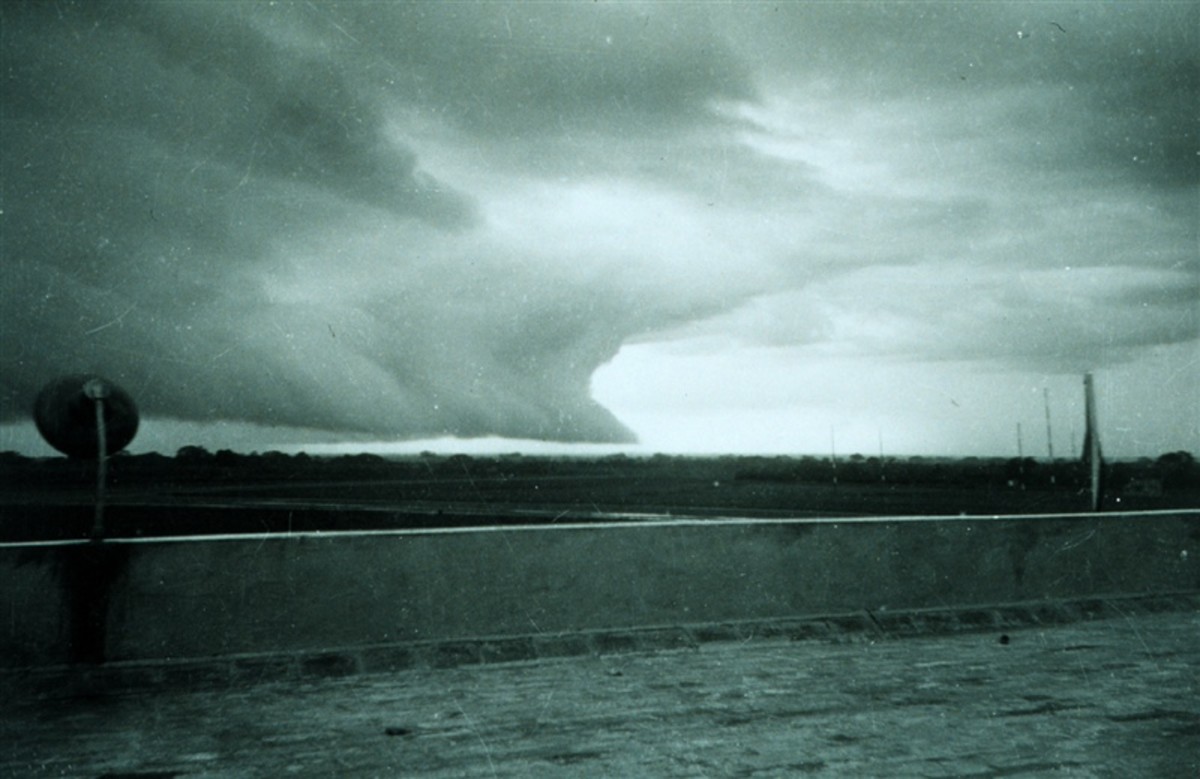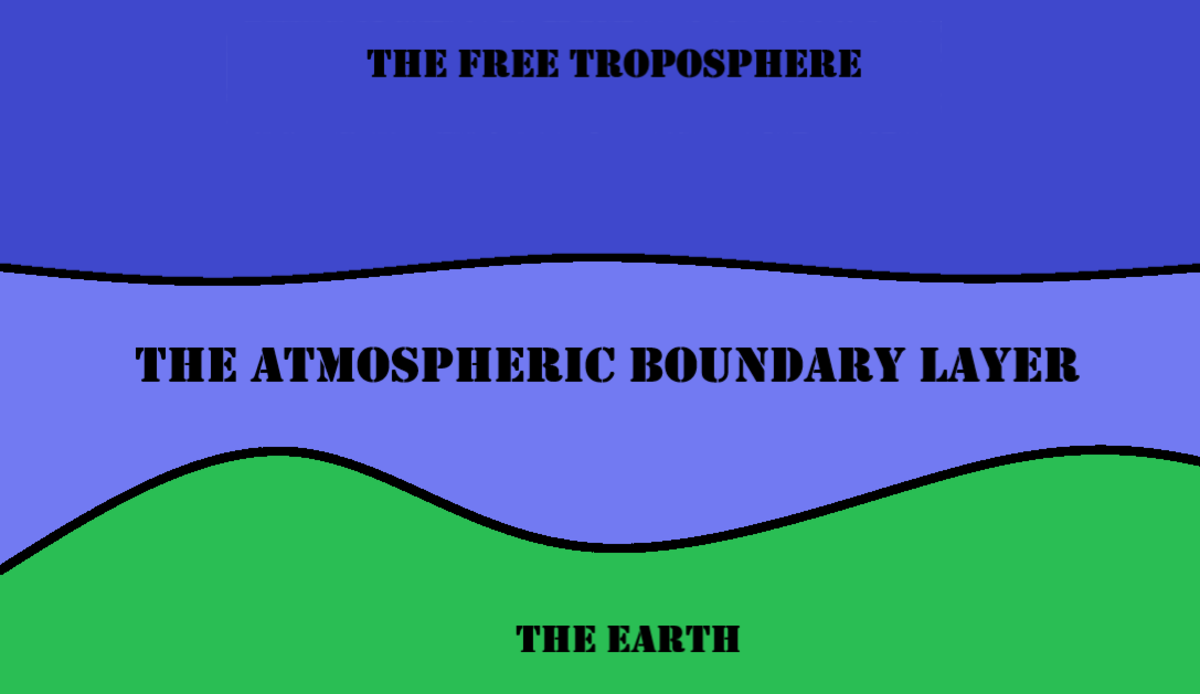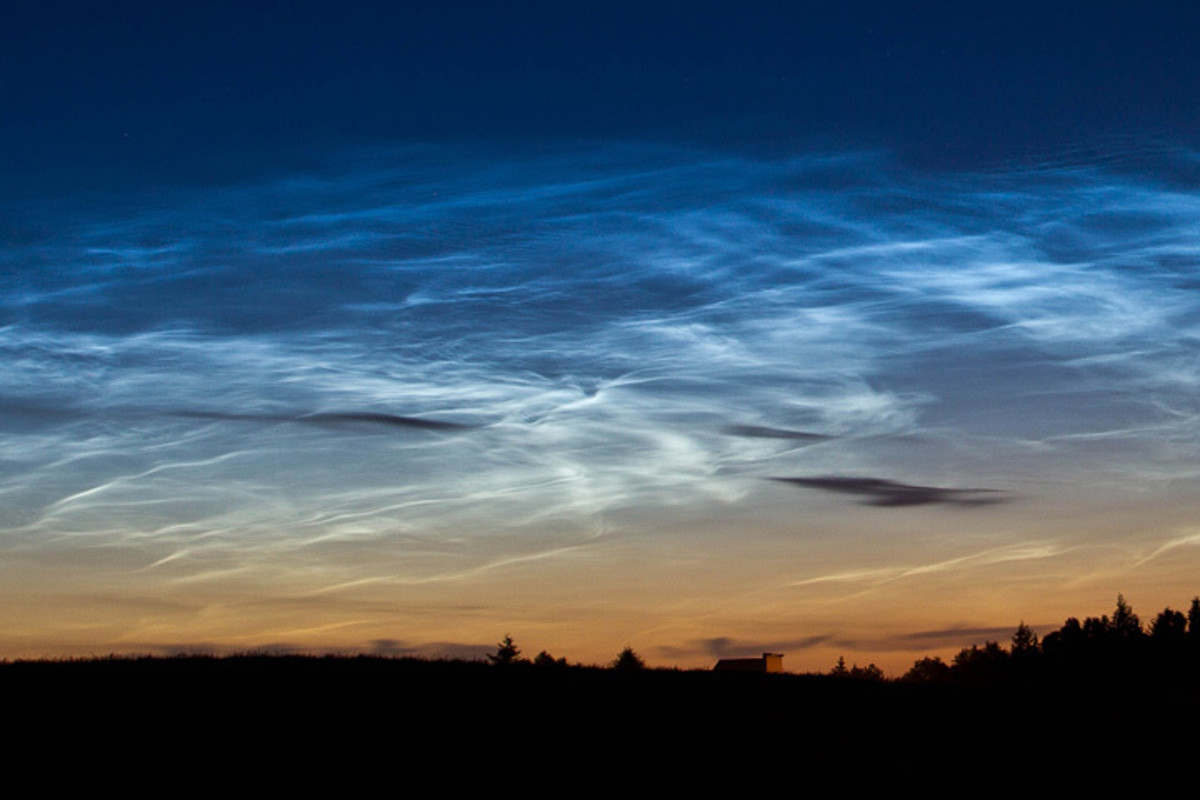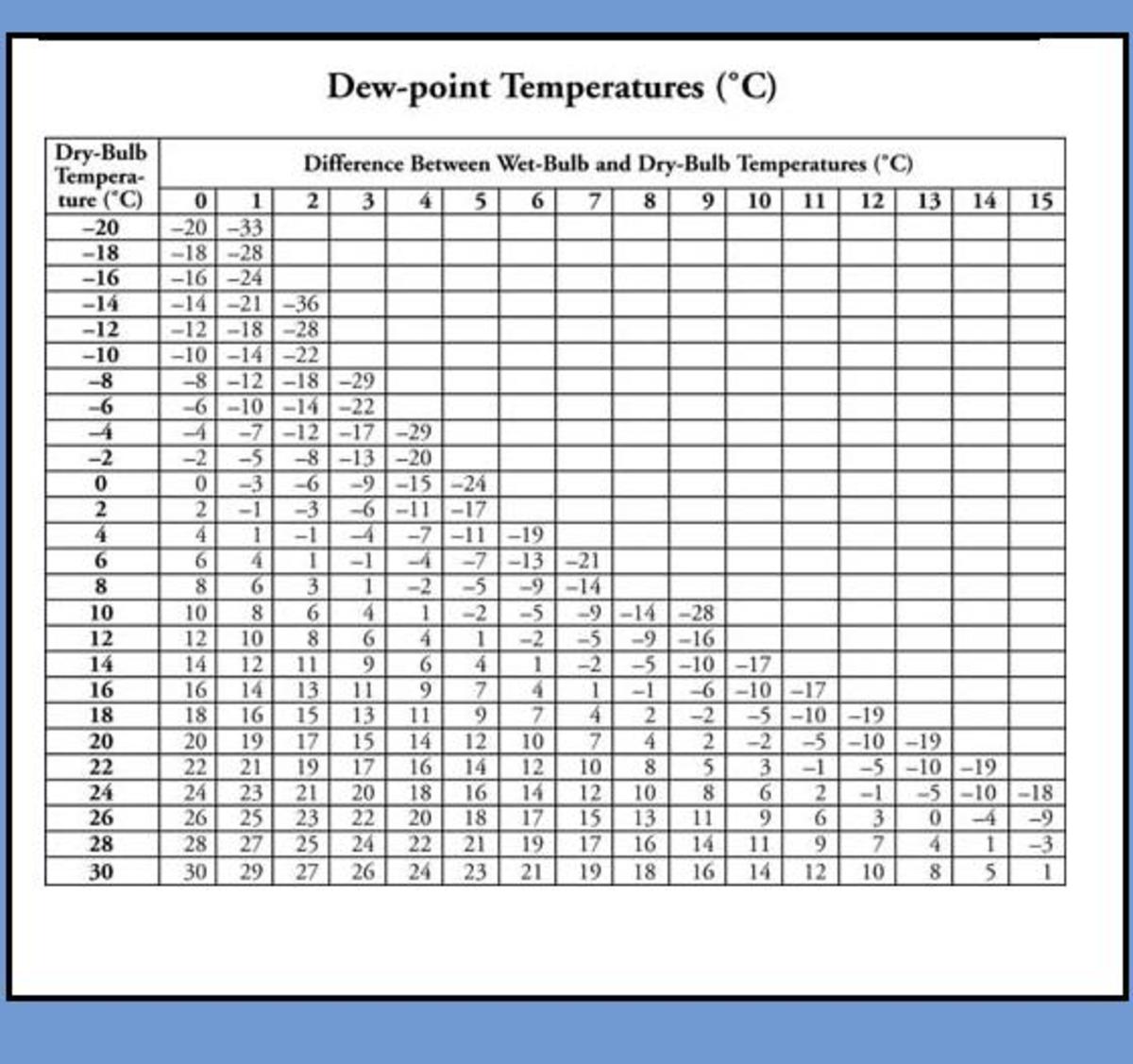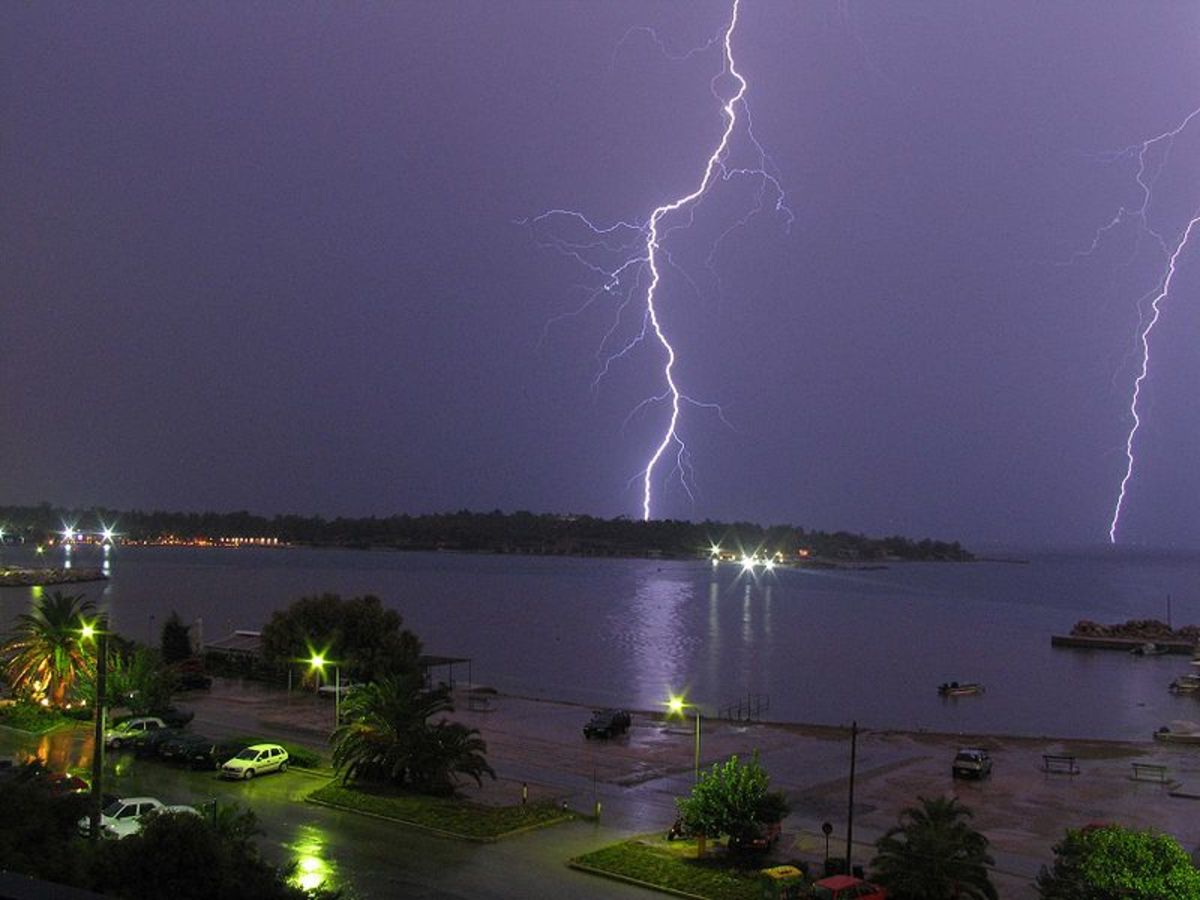Definition of Foehn Effect, Humidity (ah and rh) and Temperature loss of surface and atmospheric Air (alr, salr)
[STILL IN PROGRESS, EDITOR'S NOTE: For the second part, where I will discuss the tropical rainforest, savannah, desert and much more click here.]
Humidity
First some trivial basics that everyone already knows.
Water has three states:
-liquid state: water droplets or condensed droplets
-gaseous state: water vapour
-solid state: ice crystals
Condensation
There are several possibilities for water to condense. Four of them I will present, two of the vertical and two of the horizontal type.
-Radiation (contact) cooling. This normally occurs on calm and clear mornings. The earth loses heat and this terrestrial heat is absorbed by the air, which holds water vapour, is warmed up. By rising, it again loses heat due to conduction. Since it was warmed up at the beginning it was able to hold more water vapour, but when it rises and with the sinking water vapour, the excess of water vapour will be lost.
-Advection cooling: Warm and moist air moves over a cooler surface. This can be land, but also the ocean or a lake. So, the temperature again sinks of this warm air, making the saturation point lower and consequently, the excess water vapour in the air will be lost.
Both of them are horizontal movements and the conduction is limited by this.
Orographic and frontal uplift: Warm air is forced to rise, when it has to overcome a cooler mountain barrier or meets cooler and denser air. Once again, when the warm and moist air rises it decreases in its originally high temperature and the excess water vapour are dropped off.
Convective or adiabatic cooling: The warm air rises as thermals (like a warm air package). When it rises it expands and loses heat energy by expanding and its temperature drops. The heat is lost by the reduction of the pressure (adiabatically).
Such vertical movement is much more effective than the horizontal movement.
Absolute humidity and relative humidity (AH and RH)
The absolute humidity (AH) gives us the volume of water vapour that air can hold. The warmer or hotter the air is the higher amount the air can hold and thus, increases the saturation point. It is usually measured in g/cm3. When air holds the maximum units of water (AH=100%) it is said to be saturated.
The relative humidity (RH) tells us the amount of water in air at a certain temperature expressed in per cent. The formula is: AH/saturation point
100% = saturated, 99%-80% = moist air, < 50% = dry air
There is also a way, where the air can become super-saturated. This is possible if the air is absolutely pure and free from any other chemicals or whatsoever. Then, The air can be saturated to more than 100%. This only works in the laboratory, since in nature, there are many so called hygroscopic nuclei. They attract water and make water impure. This can be volcanic dust, windblown soil sulphuric acid, salt and smog for example.
Stability and Instability in the Atmosphere
Previously, we learned about “adiabatic” change in air temperature. This becomes very important in this chapter.
Adiabatic lapse rate (ALR): The change in temperature per 100m due to the change in pressure.
Dry ALR: The change in temperature per 100m is +/- 1°C.
Saturated ALR: The change in temperature per 100m is +/- 0.5°C.
Environmental lapse rate (ELR): This provides us with the real temperature of air at a certain height when vertical movement stops early. This leads to a stable situation in the atmosphere. When there is a lot of vertical movement of air then the atmosphere is not stable what leads to rainfall and even thunderstorms.
Foehn Effect
The foehn effect is found in many mountain ranges. It is very warm wind blowing and often the air is clear where the foehn effect takes place (mostly, one can see the mountains very close and clear [clear air]). The weather appears to be dry and very nice. It is often a N/S wind (law of high and low pressure situations).
Example: There is wind blowing from North to South. In between there is a mountain range. Before the mountain range, the wind has a temperature of 20°C at 500m altitude and a RH of 73,4%. To overcome the mountain, the wind has to ascend 2500m (drop in RH) and then again it descends that 2500m in total. The first 500m are without cloud formation -> decrease of 5°C in 500m. At this point, it has reached its saturation point and any further ascending will lead to cloud formation and consequently, the temperature will decrease 0.5°C per 100m (2000m -> -10°C). The final temperature at 3000m altitude is 5°C. Now the wind can descend again and increase in temperature. Due to evaporation, the first 1000m will only increase the temperature of the wind by +0.5°C (-> final temperature 10°C). The last 1500m will happen normally with an increase of +1°C per 100m. In the end, the final temperature of the wind will be 25°C and the RH will be 40.6% (dry air leads to clear and nice weather).
Clouds
Clouds are a beautiful appearance on the sky. They mesmerize us with their size, shape and even colours. But ever wondered how they are called actually? There are several types and combinations:
shapes:
-vertical clouds are called cumulus clouds, which underlie the law of convection.
-horizontal clouds are called stratos clouds, which underlie the law of advection.
Clouds are also distinct in their level of altitude. If the cloud is on a very high altitude (7-13km) it gets the prefix cirro… and on a medium level (2-7km) “alto-“ is added before the name of the cloud. There is no prefix for a low lying cloud.
A rainy cloud gets the prefix “nimbo” in addition. Pay attention that the stratos cloud is called “nimbostratus” but in higher altitudes the cumulus cloud has the name “cumulo-nimbus”

